Why Contact Points Matter: Handlebars
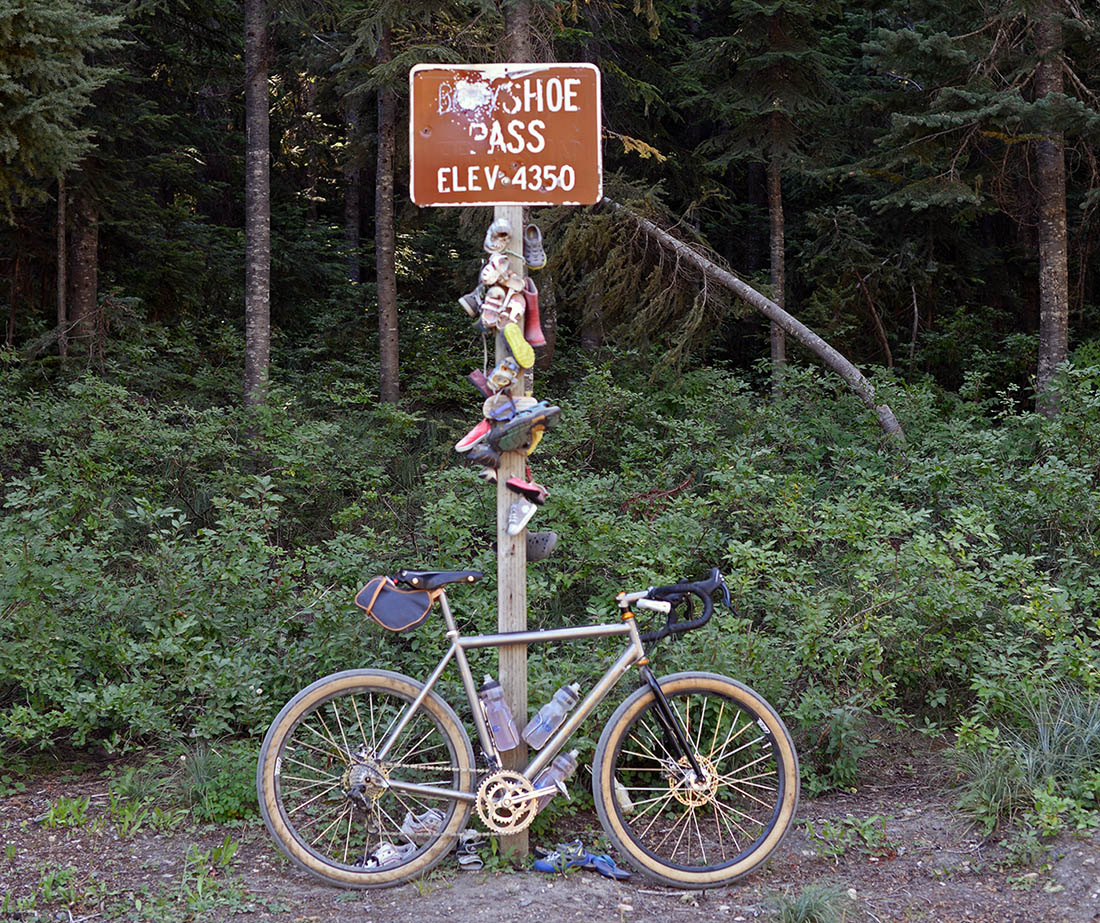
Riding long distances – especially on rough roads – puts different demands on your body and your bike than short and fast-paced races. The contact points with the bike become more important the longer you ride. These days, you don’t hear much about them, especially the saddle and handlebars.
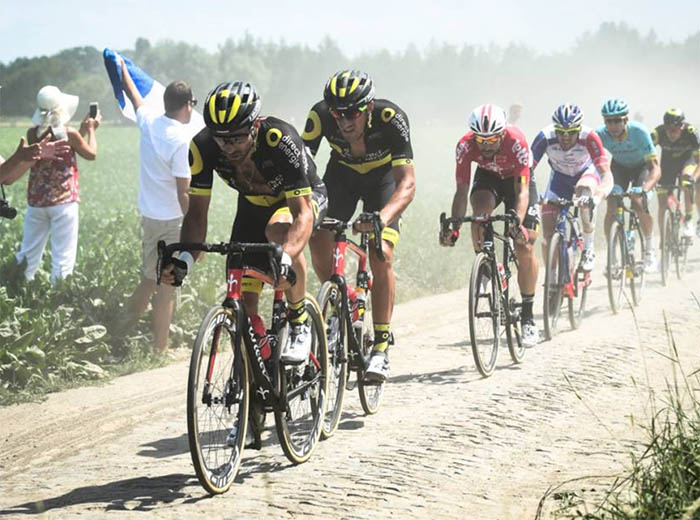
If you compete in relatively short races, this makes sense: When you pedal at maximum effort, your hands barely touch the bars, and your saddle only serves to stabilize you on the bike, but not to support you. All your weight is borne by your feet as you push the pedals with great force. And indeed, racers are more likely to complain about foot pain than other problems.
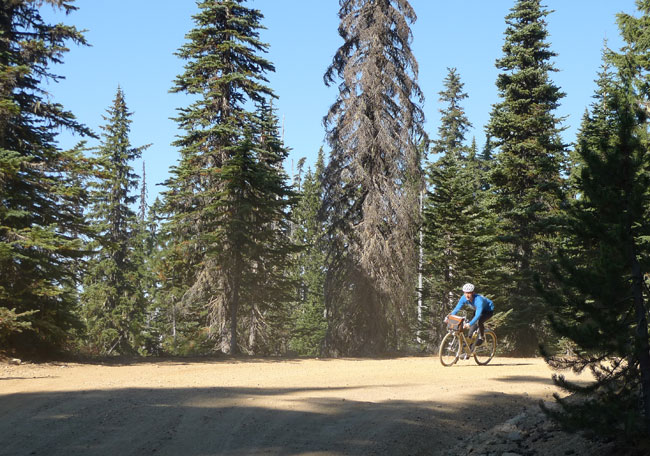
It’s a totally different matter when you are riding long distances, whether it’s touring, randonneuring or racing long gravel events: Inevitably, your power output over ten or more hours on the bike is lower than it would be in a three- or four-hour race. And so you’ll put more weight on your handlebars and saddle than the average road racer.
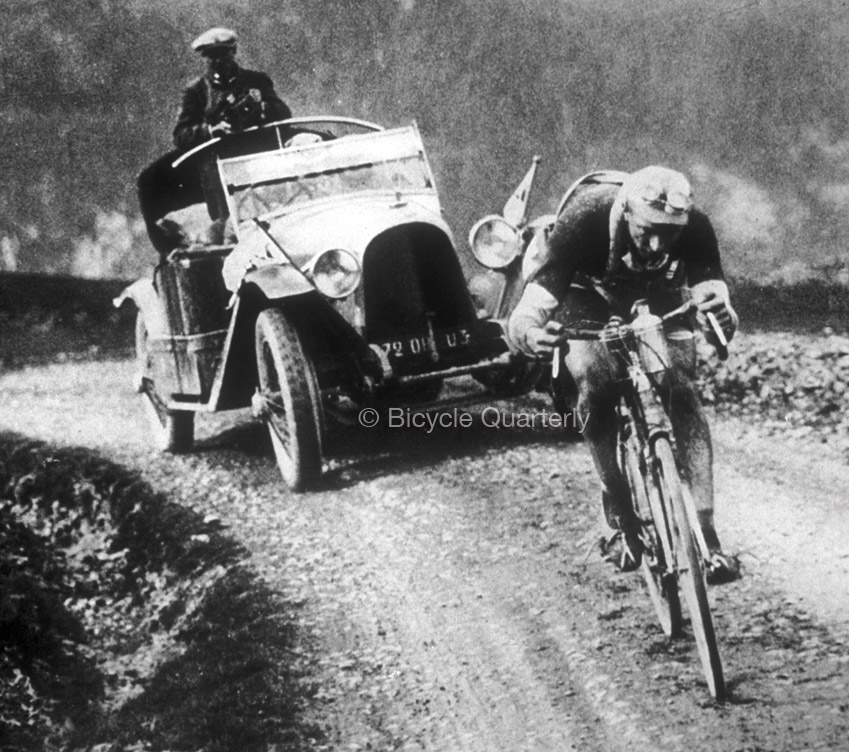
Gravel racing and long-distance cycling aren’t new ideas – until World War II, most mountain roads weren’t paved, and the racers of the ‘Heroic Age’ were used to riding on gravel. Stages were much longer, and thus speeds were a little lower.
Back then, each racer had their personal saddle and handlebars, which they moved from bike to bike as they had new frames made. The handlebars were custom-bent to the racers’ specifications.
In the photo above, you see Nicolas Frantz, winner of the 1928 Tour de France, climb the Aubisque. The stage that traversed the Pyrenees was 387 km (240 mi) long! Racing on roads and distances like that is closer to modern gravel races or randonneur brevets than to it is to today’s Tour de France. Frantz took 16 hours and 20 minutes to complete this monster stage. And when you look closely, you see that his handlebars are what we’d call ‘Randonneur’ bars today.
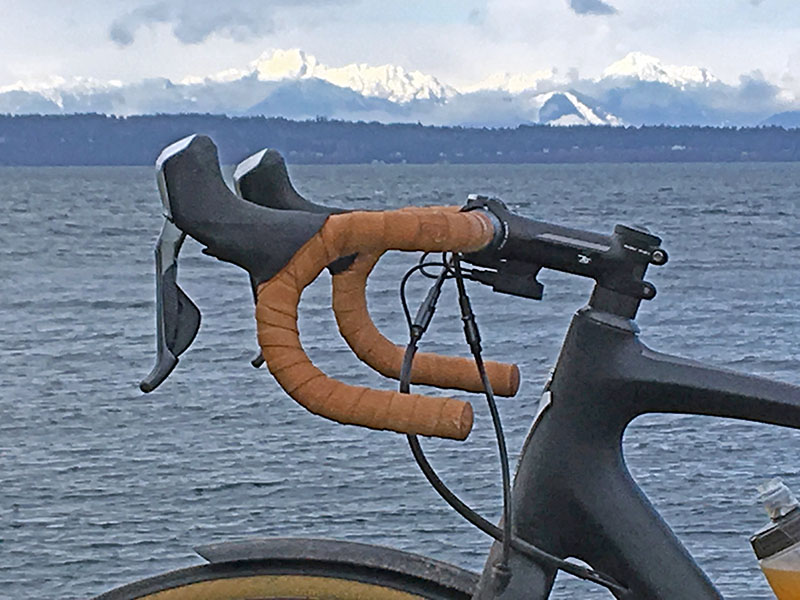
Classic handlebars are characterized by their generous reach and subtle curves. They give your hands room to roam and support them in many positions.
Most modern bars are short and square. You usually hold onto the brake hoods, sometimes use the tops, and very rarely ride in the drops. There is a reason why drop handlebars have become so short: For many riders, the low handlebars of racing bikes were difficult to reach, because the ‘aggressive’ riding position did not match their strength. To accommodate recreational riders, handlebars (and top tubes) became shorter, allowing an upright position while maintaining the ‘racy’ look of low handlebars.
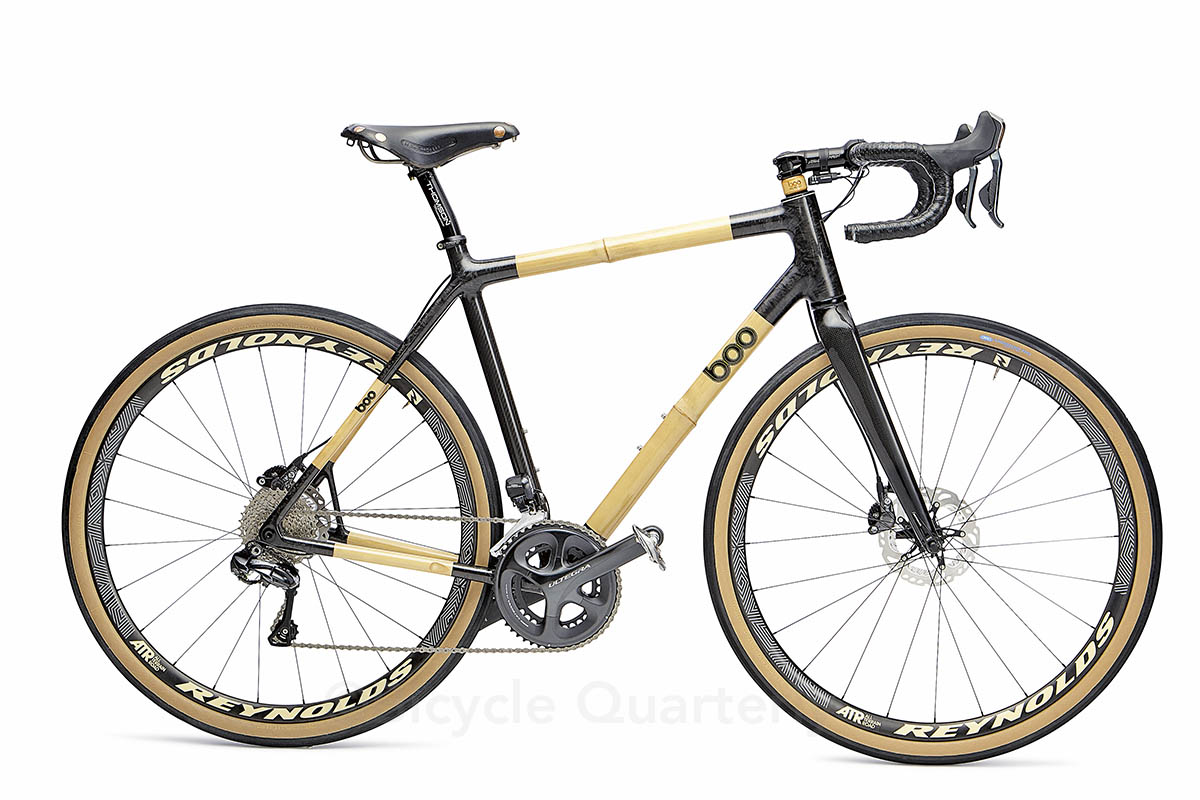
Fortunately, modern all-road and adventure bikes don’t have ultra-low bars, and there is no need for ultra-short reach handlebars any longer.
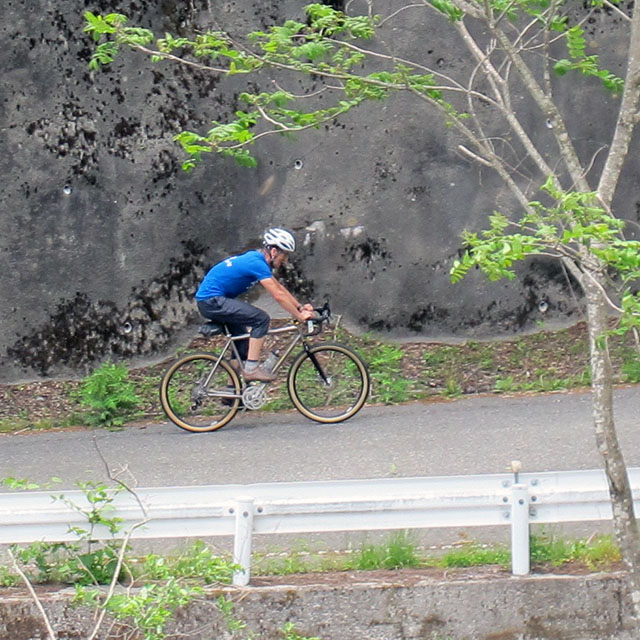
Handlebars with a longer reach give you choices between multiple riding positions, from relatively upright ‘on the tops’ to low and fast ‘in the drops’ – and many positions in between. This means that you can change the angle of your back as you ride, which greatly helps reduce fatigue.
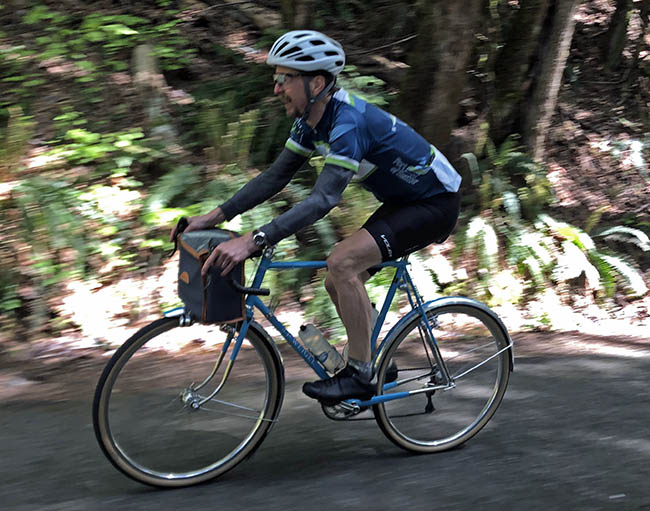
The best handlebars are carefully designed to support your hands in multiple positions, eliminating pressure points that can lead to numbness and even nerve damage during long rides.

We have developed two different handlebar shapes, based on classic designs that have proven themselves over millions of miles – literally. The Maes Parallel (above) is a generous shape that provides much room for your hands to roam. I love it for fast-paced rides where my position changes frequently.

The Randonneur bars echo the shape that Nicolas Frantz used to win the Tour de France. Their upward curve is designed to support your hands as they rest ‘on the tops,’ behind the brake levers.
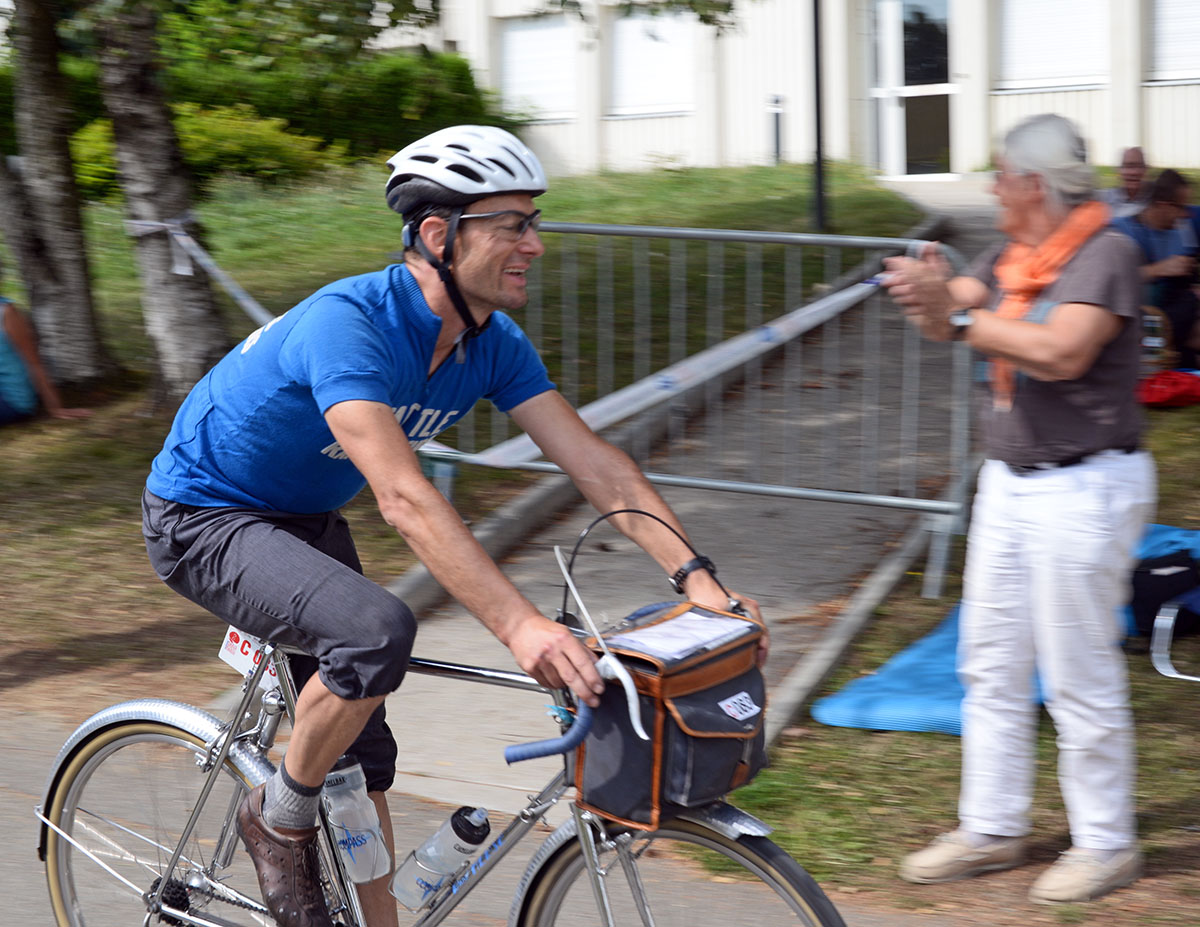
This is a very comfortable position – above I’m using it during the 2015 Paris-Brest-Paris – but it’s important that the curves are ‘just right.’ Before we found this shape, I’ve used many ‘Randonneur’ bars that actually were less comfortable than their standard counterparts.
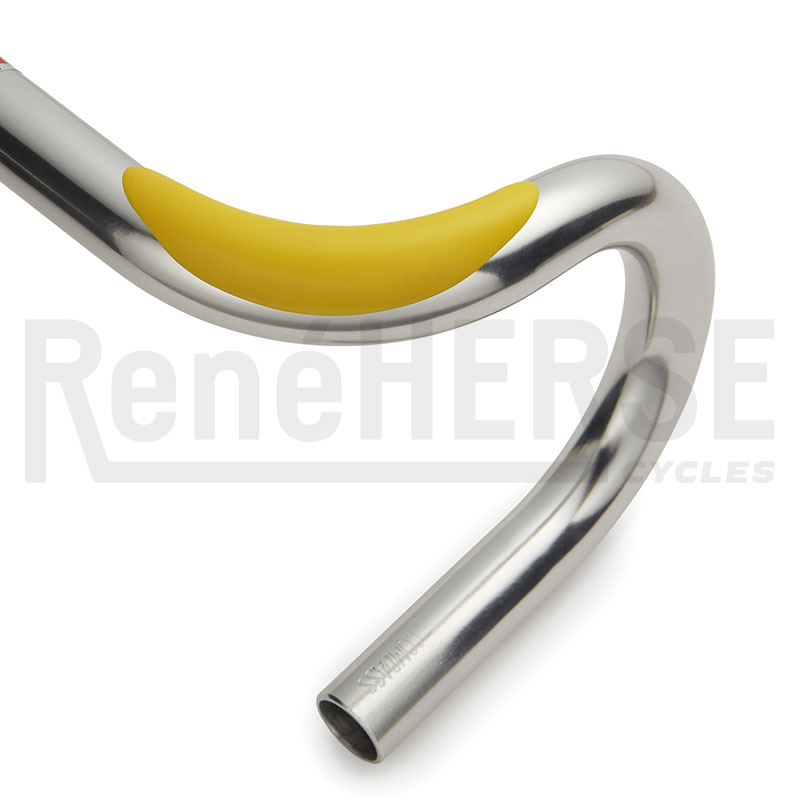
What about padded handlebar tape? It can help a little with relieving pressure points, but it cannot make up for a poor handlebar shape.
New in the Rene Herse program are the Nitto ‘Monkey Banana’ bar pads (above) for the corners of your handlebars. They go under the bar tape to help support your hands in the ‘on the tops’ position, plus they offer a little extra shock absorption. They are designed to fit our Rene Herse Maes Parallel and Randonneur handlebars, but they are flexible and can be adapted to many other bar shapes.

Whether you are racing long gravel events, preparing for Paris-Brest-Paris, or planning a long tour, well-designed handlebars can make all the difference in enjoying the long hours on your bike. And even if you aren’t riding for ten hours or more, having comfortable bars makes cycling more fun.


